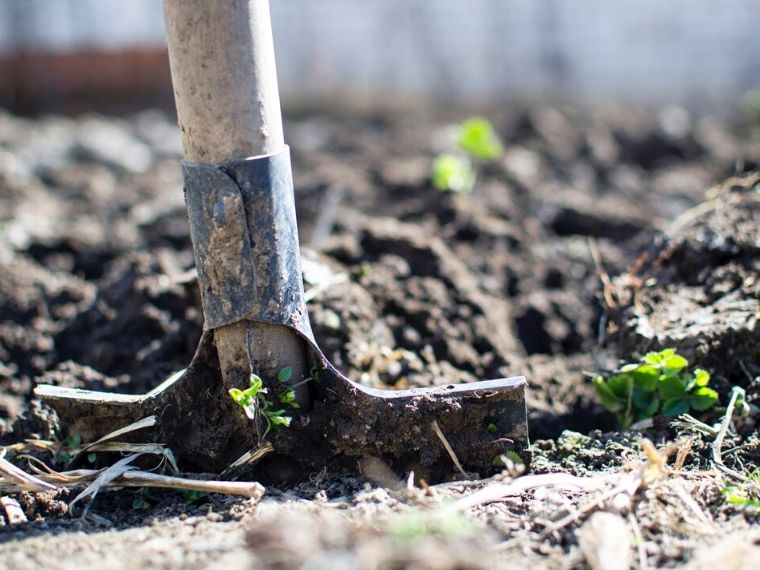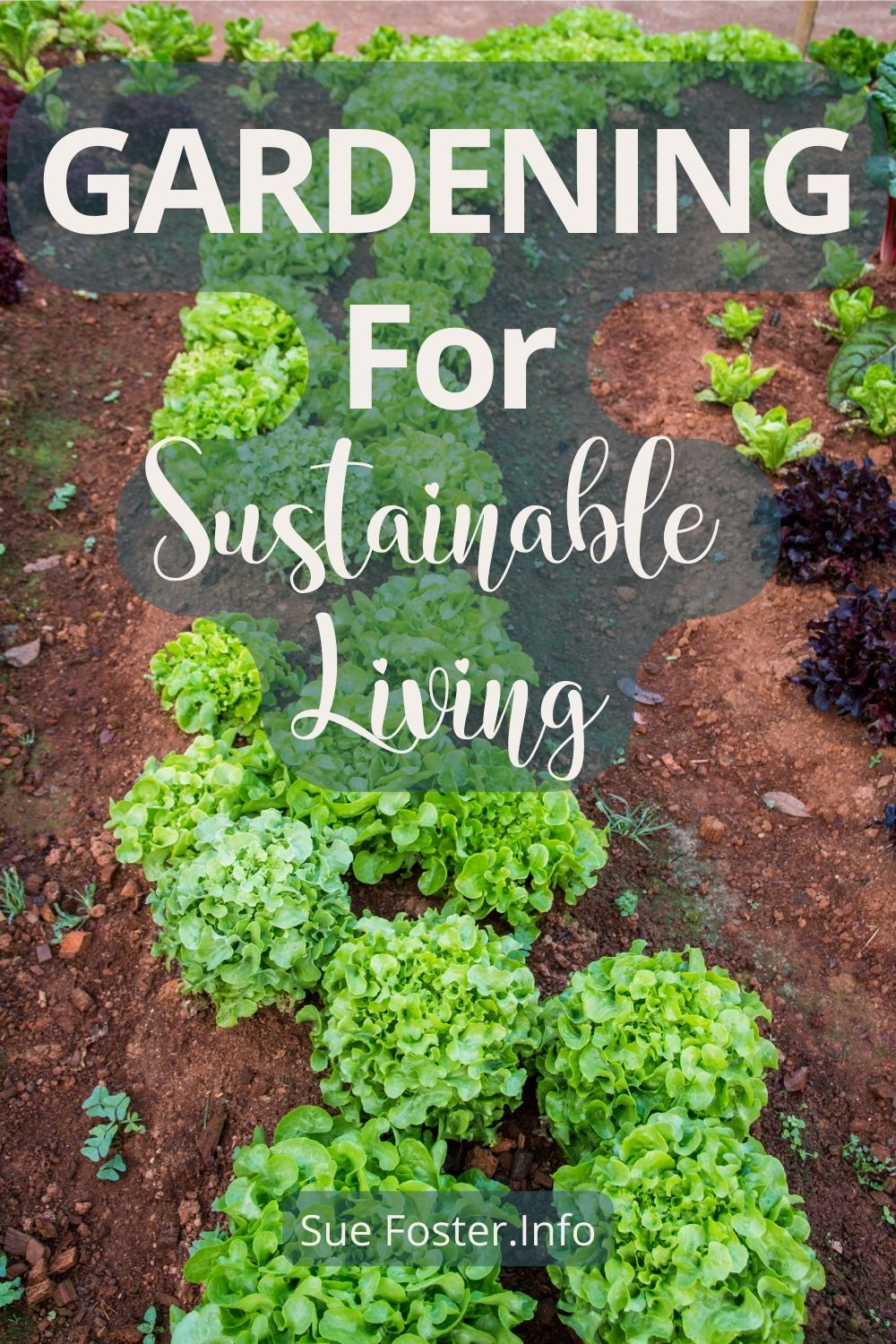If the abundance of seedlings and gardening supplies at your local home improvement store is any indication, people love gardening.
The moment Spring is on the horizon, everyone flocks to town to get seeds, soil, fertilizer and more, in the hopes of planting their favourite herbs, vegetables and flowers. It is a fun, rewarding and fruitful pastime and one that many people engage in.

But one thing about gardening that has changed since our grandparents’ era, is that gardening is now more of a hobby or part-time activity than it used to be.
Back in the old days, entire families depended on the garden. If the crop didn’t come in, not only did they not eat, but farmers weren’t able to make money on their crops, resulting in poverty and famine. That’s why taking care of their garden and treating it like a full-time job was so important.
These days, that’s not as necessary, and the number of people who farm for a living is significantly lower, but that doesn’t mean that we can’t take gardening seriously still.
Gardening is seeing a resurgence; not just in those who garden for fun, but in people who are gardening as a lifestyle.
More and more people are eschewing buying their produce from big box stores and are utilizing their gardens to grow crops that they can eat at home, as well as sharing with their families, friends, and trading at co-ops and farmers’ markets.
Doing this is not only more healthy, but it will save you a great deal of money, and it is incredibly good for the environment.
If you plan to use your garden for more than just a few herbs and tomatoes, you have to be willing to put the work into it.
Firstly, you need a decent-sized patch of land that has agreeable soil and full sun, preferably near a water source. Plants need all of these things to grow heartily.
You’ll need equipment, such as a plough and other, larger agricultural machinery if you are lucky enough to have a lot of land for growing crops on.
Large scale gardens must be carefully planned out, with seedlings spaced apart and in conjunction with other plants that aid its growth (believe it or not, some plants don’t “like” each other).
If you don’t have a large garden, you can still grow vegetables in the space that you do have by using raised beds and planting bags. If your garden is tiny, you could apply for an allotment.
Do your research and even take the time to draw out a diagram to help you get started. Stick to a schedule of caring for your seedlings and plants, and follow the specific care guidelines for each crop.
Caring for your plants, at least at first, will be a time-consuming job, one that requires a great deal of research and hard work, but the payoff will be worth it when you have delicious, healthy and abundant fresh vegetables, herbs and fruit.
It might seem like a daunting job, but so many people who are into the eco-friendly lifestyle have found that gardening for life – rather than just for fun – has improved their health and overall wellbeing, as well as made them some money, too. Why not give it a try?


